Expansion of the Bakery Sector
The Caramel Market is benefiting from the expansion of the bakery sector, which has seen a resurgence in recent years. As consumers increasingly gravitate towards baked goods, the incorporation of caramel into various products, such as cakes, pastries, and cookies, is becoming more prevalent. Market analysis suggests that the bakery industry is expected to grow at a rate of 3.8% annually, creating ample opportunities for caramel manufacturers to collaborate with bakers and introduce innovative caramel-infused products. This trend not only enhances the flavor profile of baked goods but also elevates the overall consumer experience. The Caramel Market is likely to capitalize on this growth by developing versatile caramel products that can be seamlessly integrated into a wide range of bakery applications, thereby expanding its market reach and consumer base.
Innovations in Food Technology
Innovations in food technology are playing a pivotal role in shaping the Caramel Market. Advances in production techniques, such as the use of high-quality ingredients and improved processing methods, are enhancing the flavor and texture of caramel products. Additionally, the introduction of new caramel formulations, including sugar-free and organic options, caters to the evolving preferences of health-conscious consumers. Market data indicates that the demand for sugar-free alternatives is on the rise, with a projected growth rate of 6% in the coming years. This shift towards healthier options is likely to drive innovation within the Caramel Market, as manufacturers strive to meet consumer expectations while maintaining the indulgent qualities that caramel is known for. As a result, the industry may witness a surge in product launches that align with these technological advancements.
Growing Popularity of Gourmet Products
The Caramel Market is witnessing a surge in the popularity of gourmet products, as consumers increasingly seek premium and artisanal options. This trend is characterized by a growing appreciation for high-quality ingredients and unique flavor combinations. Gourmet caramel products, often crafted with organic or locally sourced ingredients, are becoming a staple in specialty food stores and gourmet shops. Market data indicates that the premium confectionery segment is projected to grow by 5% annually, reflecting a shift in consumer spending towards higher-end products. This presents a significant opportunity for the Caramel Market to innovate and create gourmet offerings that cater to discerning consumers. By emphasizing quality and craftsmanship, manufacturers can differentiate their products in a competitive landscape, thereby enhancing brand loyalty and driving sales.
Increased Focus on Sustainable Practices
The Caramel Market is increasingly focusing on sustainable practices, as consumers become more environmentally conscious. This shift is prompting manufacturers to adopt sustainable sourcing of ingredients, such as fair-trade sugar and organic components, which resonate with eco-aware consumers. Market trends indicate that products with sustainable certifications are gaining traction, with a reported increase in sales of up to 10% for such items. This growing emphasis on sustainability not only aligns with consumer values but also enhances brand reputation. As the Caramel Market embraces these practices, it is likely to attract a broader customer base that prioritizes ethical consumption. Furthermore, sustainability initiatives may lead to cost savings in the long run, as companies optimize their supply chains and reduce waste, ultimately benefiting both the environment and their bottom line.
Rising Demand for Confectionery Products
The Caramel Market is experiencing a notable increase in demand for confectionery products, driven by changing consumer preferences. As consumers seek indulgent treats, caramel-based confections are becoming increasingly popular. According to recent data, the confectionery sector is projected to grow at a compound annual growth rate of approximately 4.5% over the next few years. This growth is likely to be fueled by the rising disposable incomes and the growing trend of gifting confectionery items during festive seasons. The Caramel Market stands to benefit significantly from this trend, as manufacturers innovate to create new caramel flavors and textures that appeal to a broader audience. Furthermore, the expansion of retail channels, including online platforms, enhances accessibility, thereby contributing to the overall growth of the caramel segment within the confectionery market.
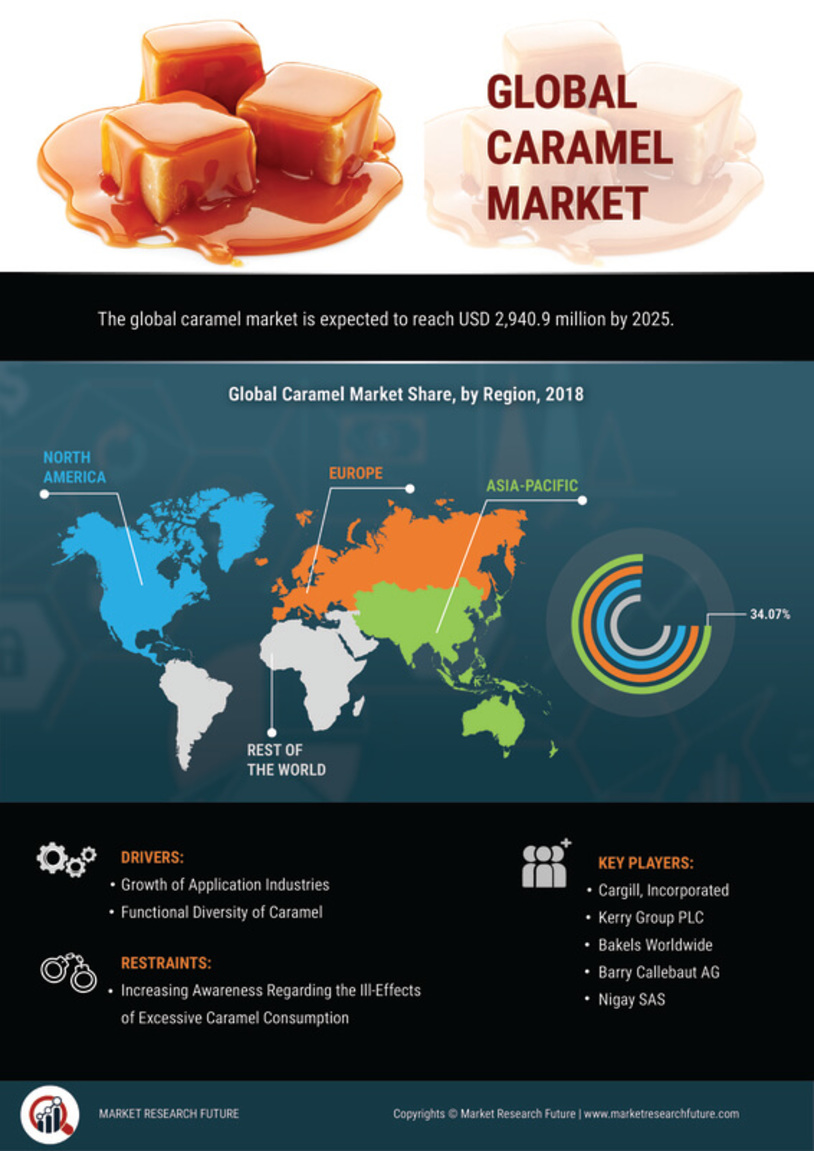

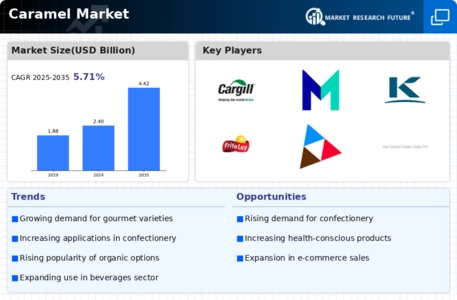
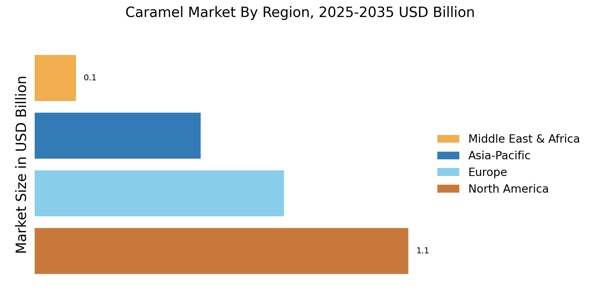
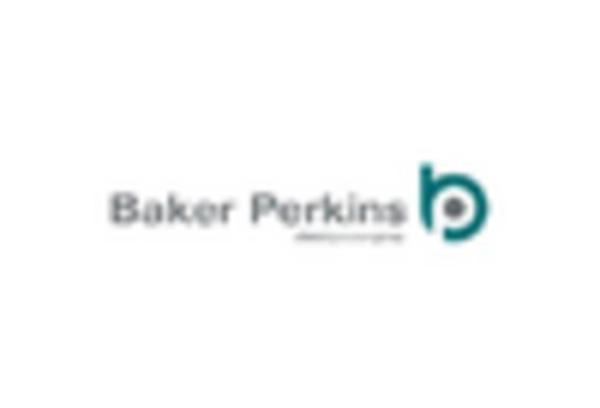

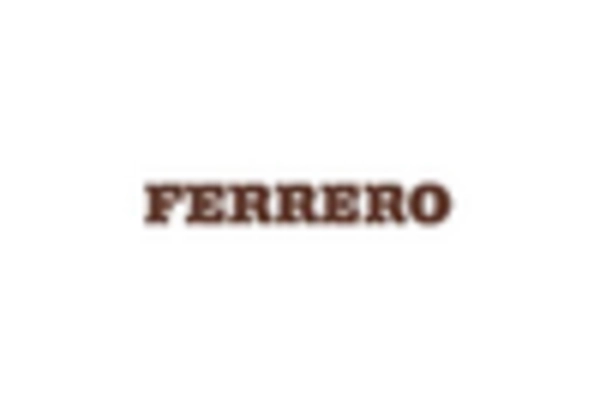
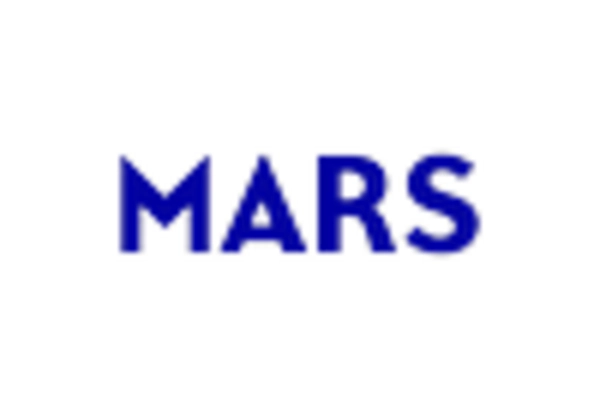
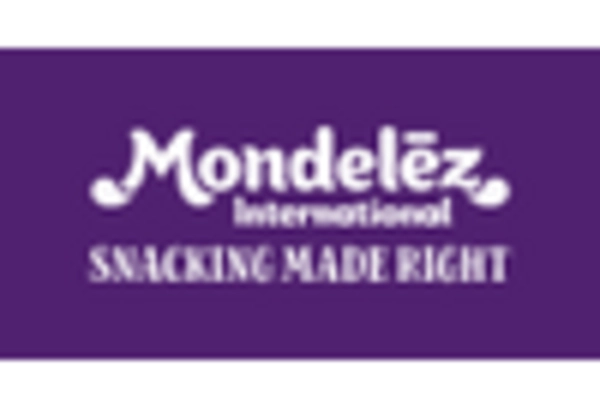









Leave a Comment